A professional photographer who calls the Pacific Northwest home, Jennelle Marcereau finds no lack of inspiration for her love of outdoor and landscape photography. An emergency physician by trade, Jennelle also travels the world with her camera in tow, capturing the beauty of nature around her. We’re pleased to welcome Jennelle as a new contributor to Outdoor Photography Guide.
Outdoor Photography Guide: How did you get started in photography? Specifically how did you make the leap into doing it for a living?
Jennelle Marcereau: I wanted a camera for my 10th birthday after reading about the life of a photographer in a “weekly reader” in elementary school. I’ve had one ever since. I loved the adventure of it and conveying one’s inner eye for the world to see. I had a love of Biology too in school which morphed into a career in Emergency Medicine. It seemed to be the most adventurous route that allowed for time off to travel and photograph landscapes. I’ve realized in recent years, as I’ve been able to take more time off, that photography is a passion – or addiction which is incurable (pun intended). I love being outside and experiencing nature in its most beautiful light and trying to capture fleeting moments to share with others. It wasn’t until I received encouragement from fellow professional photographers, and finally listened to my friends and family, that I decided to do it professionally.
OPG: Do you have any formal training in photography?
JM: I took a photography class in high school and have taken a few classes in Photoshop and various workshops, but have mostly learned on my own, reading articles and practicing in the field.
OPG: You’ve traveled to some amazing places – do you have a favorite location?
JM: I’ve had some amazing experiences in remote places, but still love coming home to the Pacific Northwest. It’s comforting to see the same place during a different season or different light or even in a different way as life experiences can give new meaning to places revisited.
OPG: What subjects do you enjoy shooting most?
JM: Landscapes. Period. I’ve dabbled in photographing wildlife and asked to take photos of friends’ and family members’ children and tried shooting a wedding, but for me the love of photography is being outside working a landscape until I’ve captured in camera what I visualized in my mind’s eye.
OPG: What’s in your camera bag?
JM: I bought a Sony a7RII camera with Metabones adaptor last year to use with my Canon lenses and still carry a Canon 5D Mark III for backup (needed occasionally). Lenses include Canon 11-24mm f4.0, 16-35mm f2.8, 24-70mm f2.8, 100-400mm f4.0-5.6. I also have ND 5 and 10 stop for all those lenses, and use Gitzo and Induro tripods with a Really Right Stuff ballhead. It all fits in my f-stop camera bag which I absolutely love.
OPG: What’s your favorite lens and why?
JM: The Canon 11-24mm lens is my absolute favorite. It is crazy how much one can include and it gives an amazing perspective on the landscape. For example a small puddle showing reflections looks like a lake! It allows one to get creative and show a part of a scene most would not even notice.
OPG: How important is post-processing to your photography?
JM: It is very important as it is the final step in bringing one’s vision to fruition. I think some can overdo an image and give it a surreal appearance, but I find some of the techniques essential in giving depth to a 2D medium.
OPG: What is it about photography that drew you to it as a creative medium?
JM: Photography has always been a solo sport for me; kind of like fly fishing. I usually grab my camera bag and head out to go hiking in a quiet place to get away. Then, I get into it and get absorbed and totally lost capturing the changing light and playing with different angles of a scene. The camera is portable and easy to take on a stroll in the neighborhood, on top of a mountain, or far away from home. It is instantaneous and able to catch those fleeting moments that the light creates as it dances on water or lights up the sky like it’s on fire. Photography as a creative medium is also goal oriented – like fly fishing; if you walk away with a “trophy” it is especially sweet.
OPG: What is the goal of your work? What do you aim to convey with your images?
JM: Capturing the feeling of the scene. Whether that’s solitude, fleeting light, or crashing waves that makes the viewer want to dive into the beauty of a scene and experience it for themselves.
OPG: Why nature photography?
JM: It gives me a perfect excuse to be outside! My camera is like a fisherman’s fishing pole!
OPG: If you could describe your photographic style in one sentence, what would that be?
JM: Fleeting moments in nature that are simplified and preserved in time.
OPG: What motivates you to teach others about photography?
JM: Working as a physician has taught me to break complex subject matter into understandable bits of information. Seeing the light bulb in another’s eyes as they grasp a concept and incorporate it into their own work provides great satisfaction for me.
OPG: What advice would you give to someone just starting out in photography, or just starting to develop their eye?
JM: Look at other photographers’ work and take a workshop if one of the photographers you admire offers one. Learn how to process photos and take your photographs from camera to print to complete the exercise. Learning how raw files can be developed in post processing allows one to see differently in the field.
OPG: Where are you planning to go next?
JM: Next summer I plan to endeavor on a three-week backcountry hiking trip in and around Juneau, Alaska. In the interim I enjoy going on spontaneous hikes and short trips in my backyard because it is close to the mountains, ocean, rainforest, and desert!
To see more of Jennelle’s work, visit her website at www.jennellemarcereau.com.
Have something to add to the story? Leave a comment or email editor@outdoorphotographyguide.com.
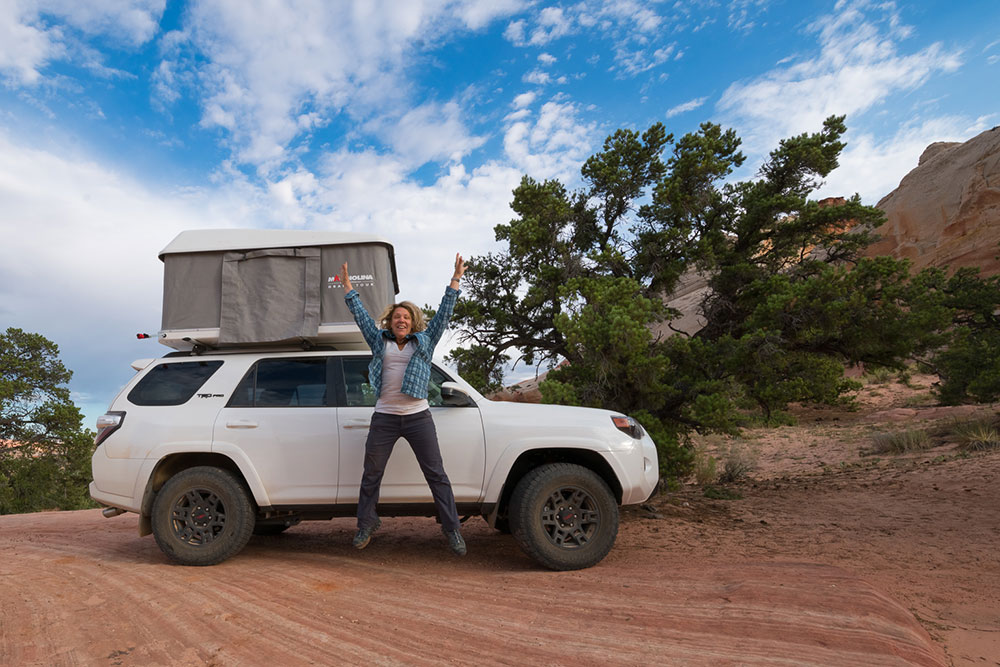
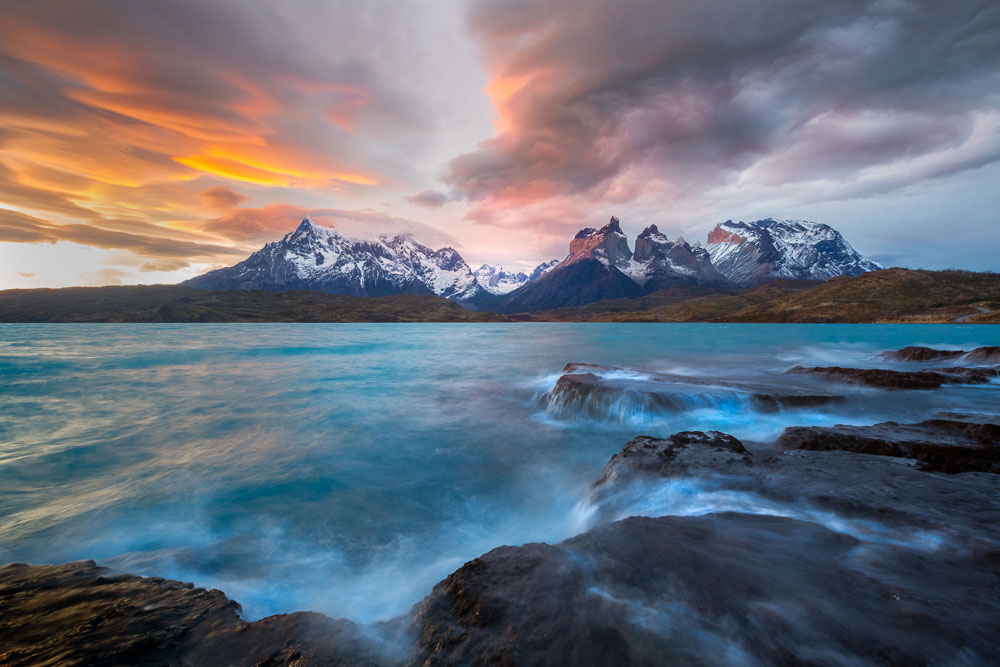

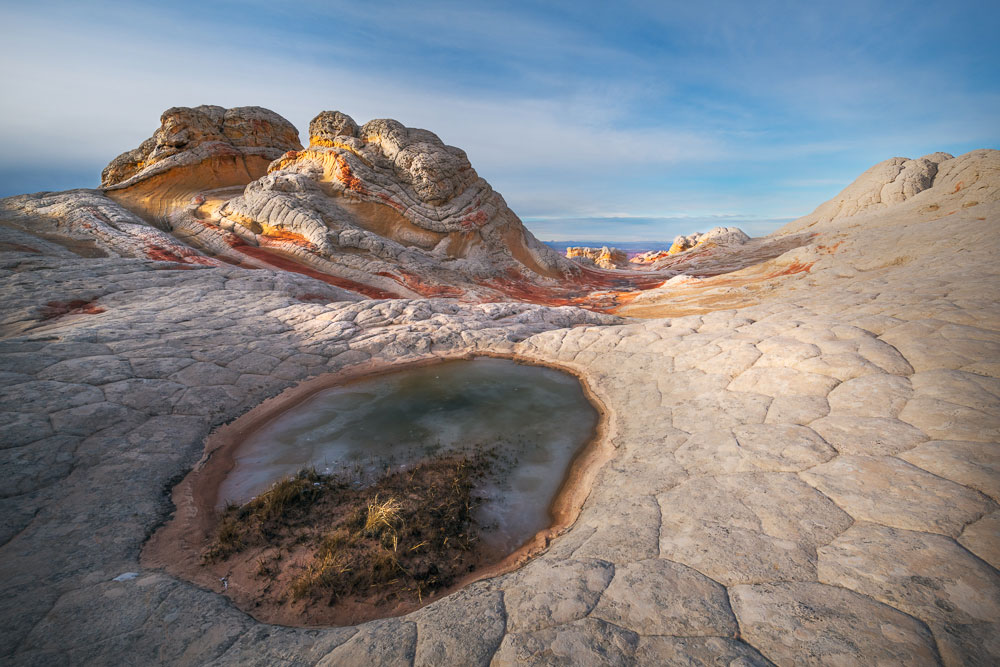

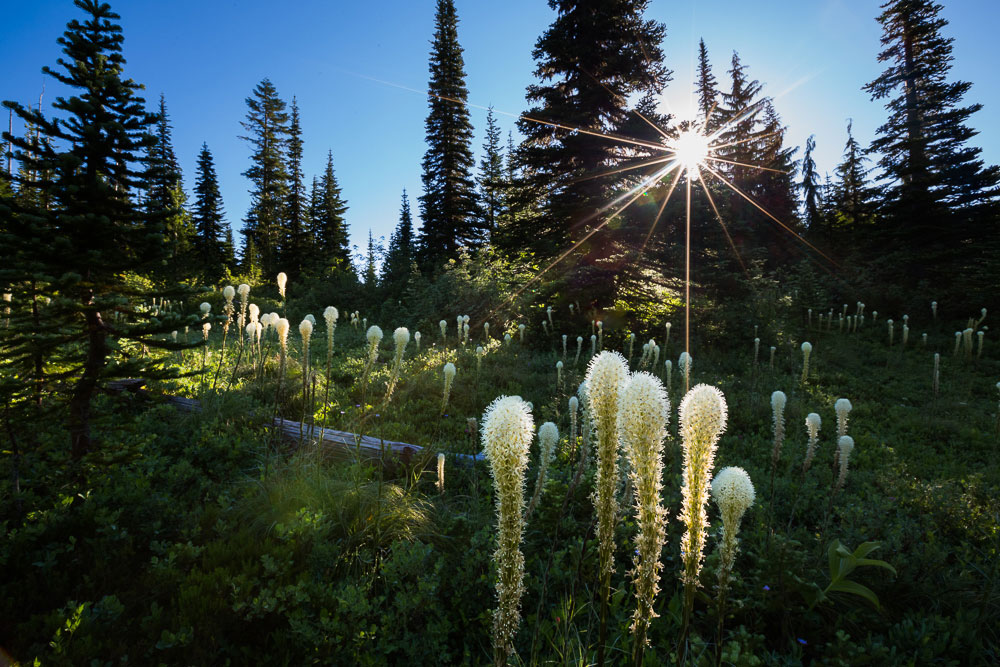
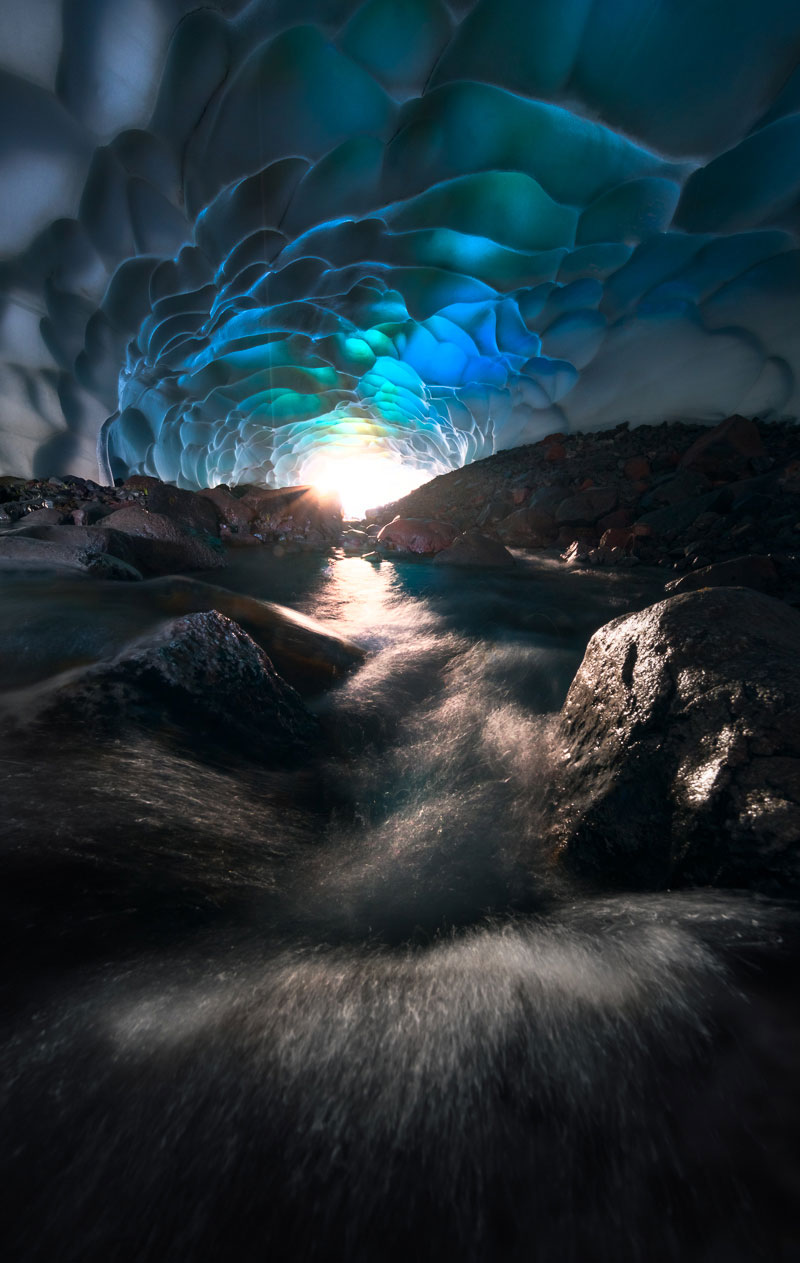
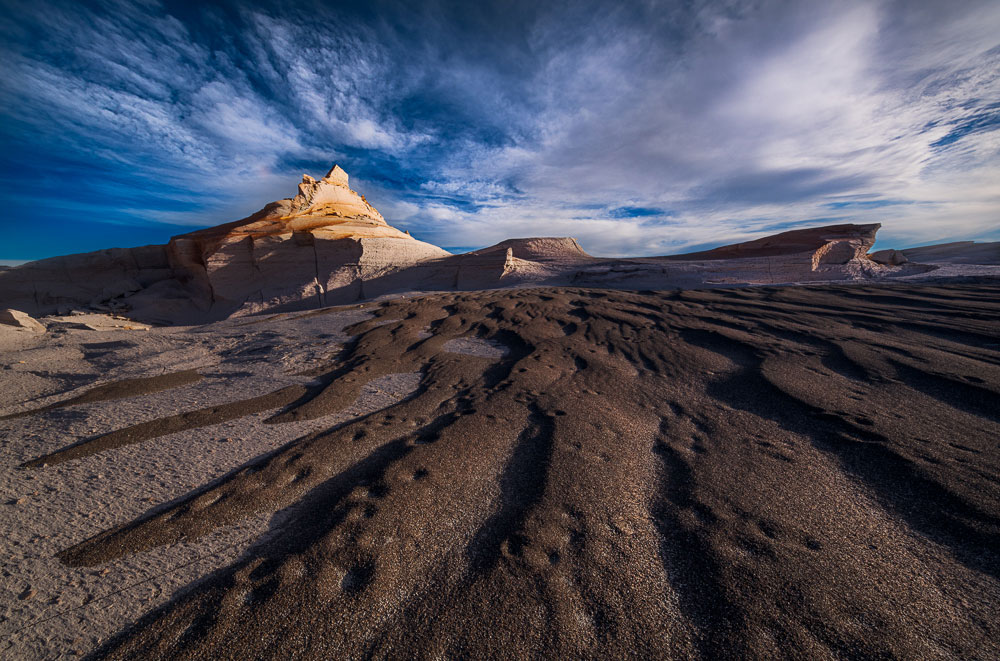
Beautiful work. I try to do similar subjects but never quite touch success. Love the water photos. Moving water stirs my soul like little else.
Hi Jennelle, loved seeing your beautiful photos from Argentina as well as the snow cave, Mt Rainier and Vermillion cliffs. Congratulations on your new career path, I wish you well. Maybe see you on a hike tour somewhere one of these days! Dianne